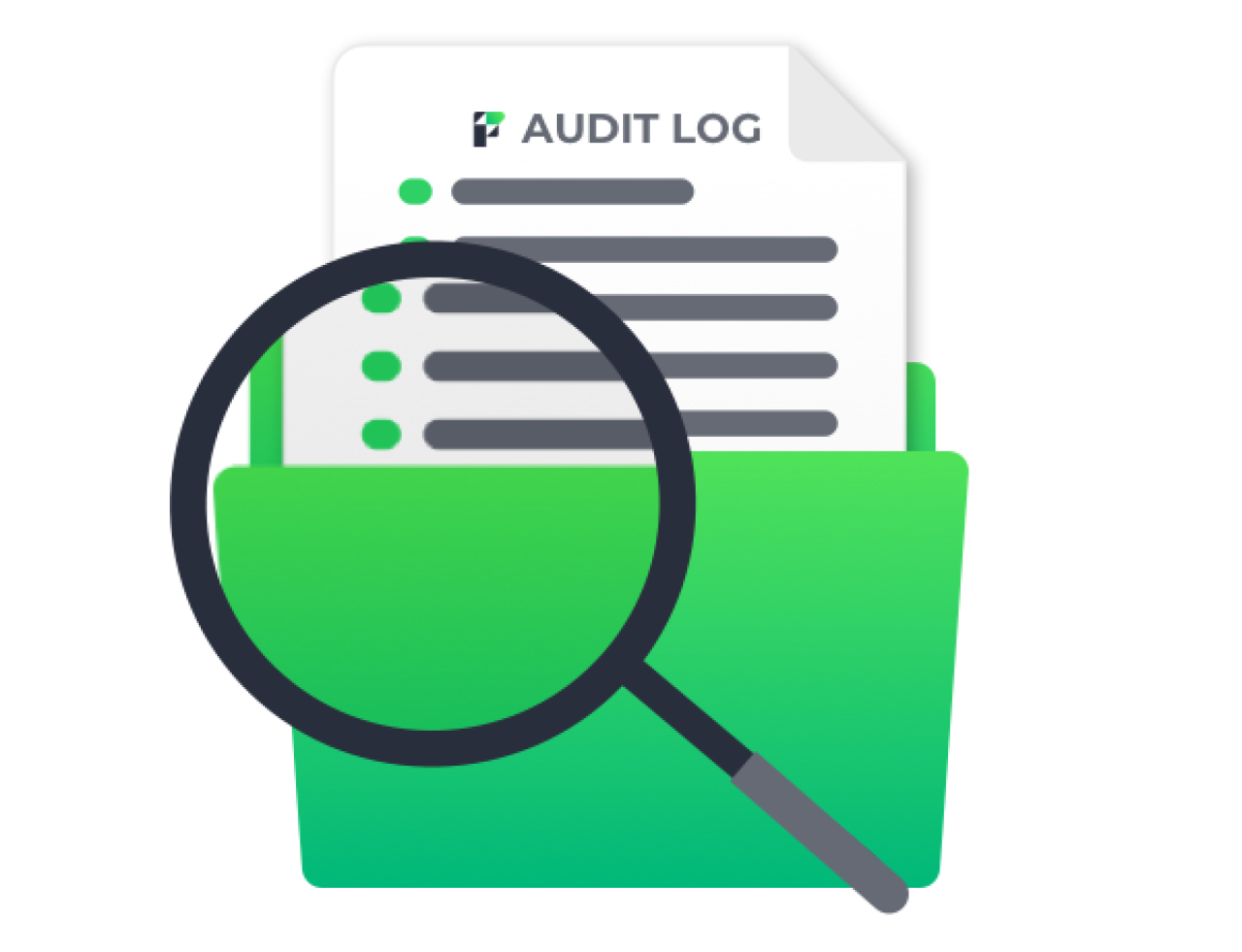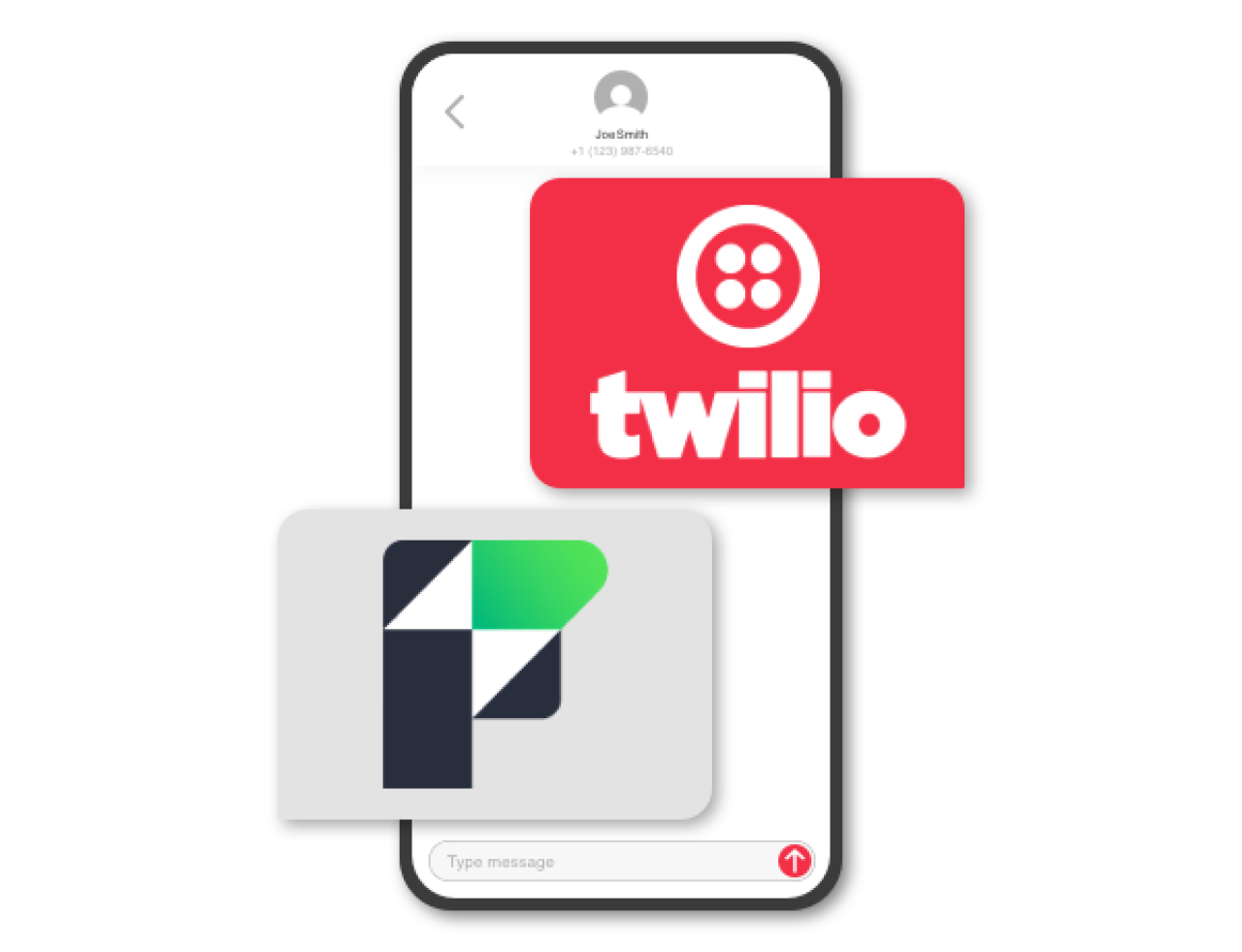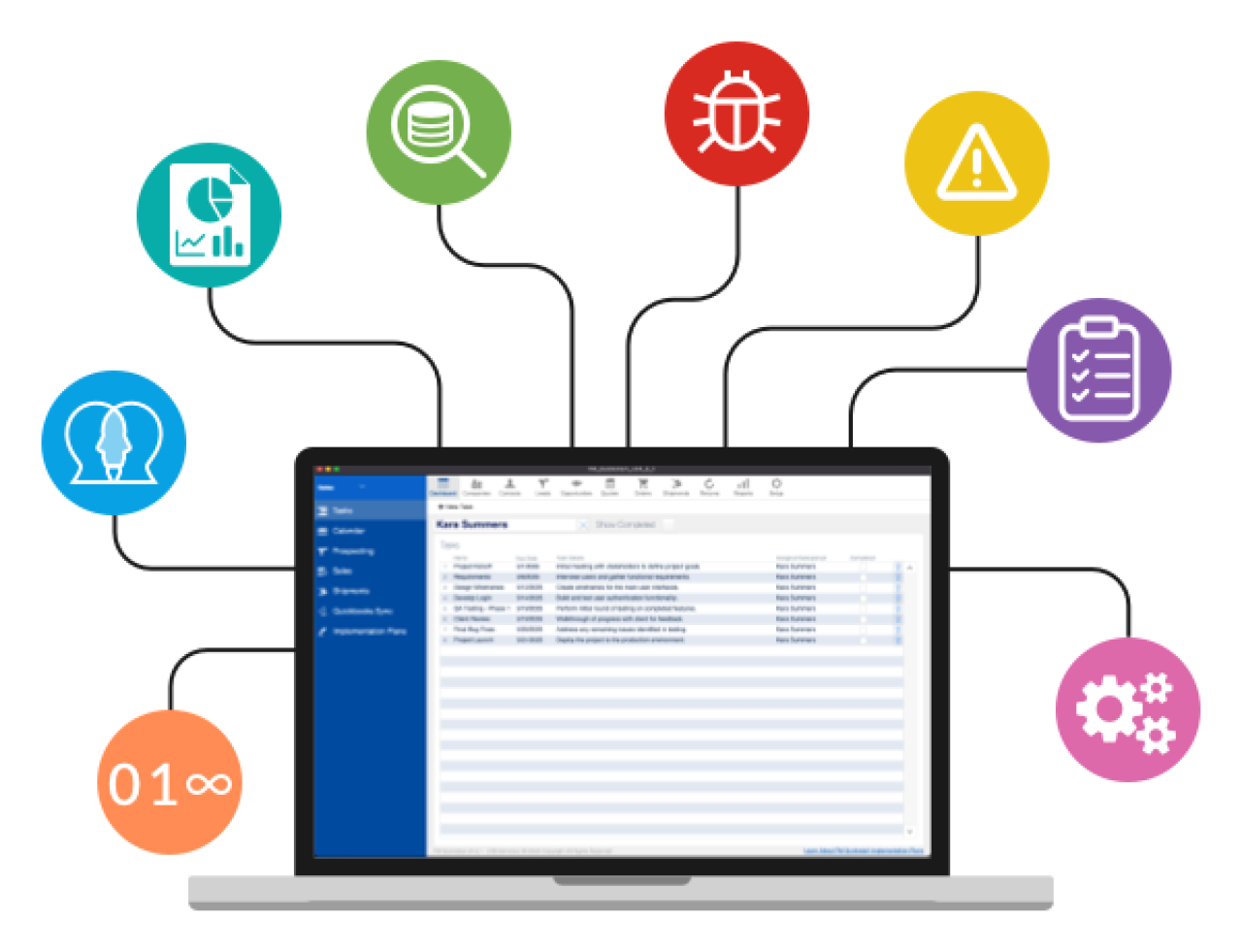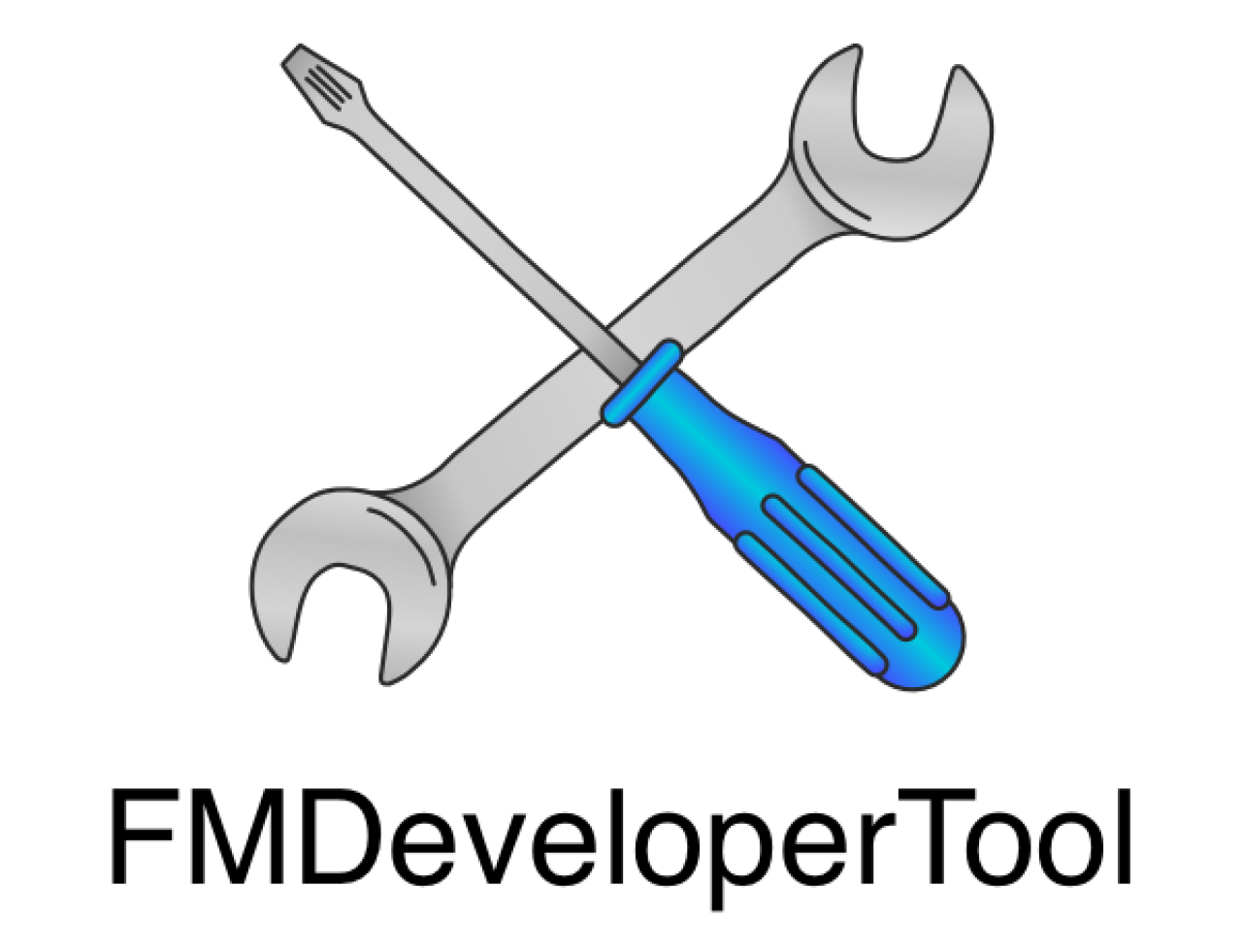
As the world and technology continue advancing, many technologies that used to be restricted to dedicated software have begun moving online. This includes Claris FileMaker, which offers multiple ways to access and modify your data from the web. The two most prominent of these technologies are FileMaker WebDirect and custom web applications built specifically to suit user needs and business processes. Here, we'll be discussing the benefits and drawbacks of both of these options, as well as a few use cases for them.
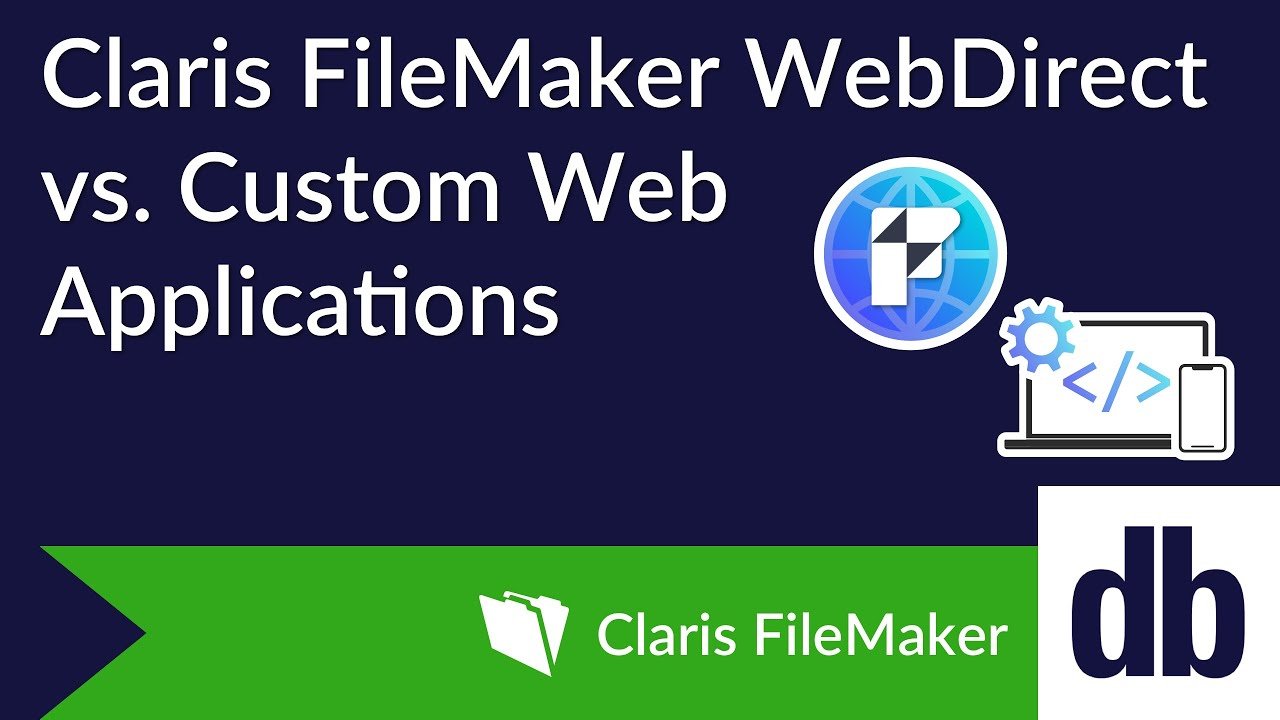
FileMaker WebDirect
FileMaker WebDirect is a service included with your FileMaker Server license, allowing you to bring your FileMaker solution straight to the web. The service makes use of layouts directly from FileMaker and renders them directly to the browser, allowing for nearly identical functionality to if you were accessing it natively in FileMaker Pro.
Pros of FileMaker WebDirect
WebDirect's biggest selling point is its ease of use. To set it up, all you need to do is check off a setting in the FileMaker Server admin console, and you're in business. WebDirect also brings with it many security features such as OAuth, authentication, and encryption straight out of the box. Another major benefit to WebDirect is that you don't need a development background to maintain or update pages. All changes are made natively in FileMaker Pro and updated on the web in real time!
Drawbacks to FileMaker WebDirect
While WebDirect is a simple service to use, it brings with it a few drawbacks. A major one is browser compatibility - while WebDirect is compatible with most modern browsers, it has issues with mobile browsers and some desktop browsers. Another drawback is that WebDirect is limited to FileMaker objects, and some of those have compatibility issues - including but not limited to interactive content, unsupported functions, and unexpected results produced by dialogs and script triggers.
Use Cases for FileMaker WebDirect
WebDirect has many situations where it's an ideal solution to web-based solutions. A great example of this could be a simple time-tracking sheet where users can sign in and add or modify entries indicating hours worked. Accessing this via WebDirect allows the user to log information from anywhere, even on mobile devices, without the need for any dedicated applications like FileMaker Go. Another excellent use is a simple CRM. If the user needs to look up information regarding a contact for a job, they can quickly sign in, search for that contact, and receive a display of the contact's basic information.
While WebDirect is great for these simple needs, it sometimes isn't quite robust enough to handle larger solutions. This is where custom web applications come in.
Custom Web Applications
A custom web application is, in short, a customized solution built from the ground up for your specific needs. From online storefronts to project management tools to customer portals, a wide variety of needs can be met with a web app.
Pros of Web Apps
The main draw to a custom application is its customizability. While WebDirect is tied down to only FileMaker objects, a custom application allows for much more freedom in terms of meeting unique needs, with the ability to implement features, such as drag-and-drop, that are unobtainable in a native FileMaker application. Another reason to look at a custom application for the web is performance and compatibility - web apps generally have better performance than WebDirect and are compatible across all modern browsers.
Drawbacks to Web Apps
When discussing the drawbacks of web apps vs. leveraging WebDirect, the first one we want to discuss is the upfront cost of an application. Custom applications can get expensive, whether it's development costs, licensing needed for integrations, or the server the site is hosted from. Another con compared to WebDirect is that making changes isn't as simple as updating a layout in your FileMaker platform. Changes must go through a whole build process, creating packages when changes are made, and then uploading those packages to the server to actually reflect on the site. The final major drawback to web apps is that they must be built from the ground up - it's not as simple as just pulling FileMaker layouts onto the web. Each page must be designed and built from scratch.
Use Cases for Web Apps
The features you can access with custom web apps lead to a wide variety of potential uses. One of these is an online project management software tool designed to match your organization's unique processes. Custom web apps allow us to create powerful features like Kanban boards, dynamic goal-tracking graphics and charts, and many other helpful functionalities. Another potential use is an online storefront or customer web portal - allowing users to track and manage services and information. These larger-scale and more robust applications are at their best when developed specifically for the web.
Conclusion
Integrating FileMaker with the web is a great step to bringing your solutions to a wider audience, but there are many considerations. A simple deployment of FileMaker WebDirect may be optimal for the deployment of a small solution to a limited pool of users, while a larger vertical may require a custom application built from the ground up. If you're interested in branching your solution into the web with FileMaker WebDirect or a custom web app, contact DB Services if you have any questions or need assistance.
Did you know we are an authorized reseller for Claris FileMaker Licensing?
Contact us to discuss upgrading your Claris FileMaker software.

